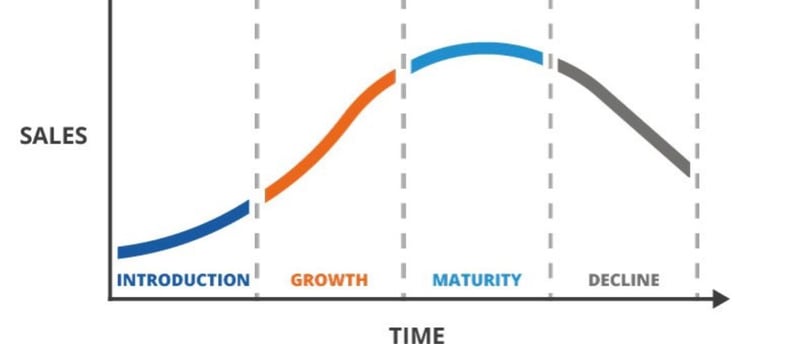Unlock Your Startup Potential with Expert Guidance from Guest Guru
The Journey Through the Introduction Stage: A Rollercoaster of Excitement and Challenges.


The Journey Through the Introduction Stage: A Rollercoaster of Excitement and Challenges
Every brand has to pass through the introduction stage, and while it’s an exciting time, it’s also one of the toughest. As a founder, you’re filled with enthusiasm and energy. You have this incredible belief in your product, and you can’t wait to share it with the world. However, the reality of this stage can be quite different. Sales are slow, growth feels like it's crawling, and sometimes profits are either very low or nonexistent. It’s a challenging phase, but it’s a phase that every brand must get through if it wants to grow and succeed.
So, how do you navigate this tricky stage? The key lies in your marketing strategy. Since your product or service is new to the market, a large portion of your budget will go towards grabbing people’s attention. But how do you stand out in such a competitive environment? Here are some simple yet effective strategies to consider.
Start with the "Why"
Before anything else, ask yourself one question: Why should someone buy your product? It’s not just about the features; it’s about the value you’re offering. Why does your product or service matter to the customer? What problem does it solve for them, and how does it make their life better? You must clearly define your “why,” as this will be the foundation for all your marketing efforts.
Many companies make the mistake of focusing too much on technical details or just claiming that their product is “the best quality.” While it’s tempting to emphasize these aspects, it’s not always the most effective way to connect with customers. Instead of bombarding them with specifications, think about how your product can be used in a way that resonates with them emotionally.
Show, Don’t Tell: The Power of Simplicity
One of the best examples of this approach comes from none other than Steve Jobs. He didn’t get lost in technical jargon when introducing new Apple products. Instead, he focused on how the product would improve the customer’s experience. For example, when he introduced the iPod, he didn’t talk about its storage capacity or battery life. He simply said, “1,000 songs in your pocket.” That was it. That one simple sentence conveyed all the value of the product in a way that people could immediately grasp and relate to.
This is the kind of communication you need when your product is in its introduction stage. You don’t need to overwhelm potential customers with a long list of features. Focus on the benefits in a way that feels personal, easy to understand, and compelling.
Real-World Example: The Table Mate
Another great example of this approach is the product Table Mate. Instead of listing all the technical specs like “lightweight,” “high-quality,” or “durable,” they marketed it differently. They focused on the versatility of the product, highlighting that it could be folded into six different angles and adjusted to three different heights. This simplicity and focus on the customer’s experience made the product an instant hit. People didn’t need to know every single detail; they just needed to understand how it would fit into their lives.
The Takeaway: Keep It Simple, Focus on the Experience
If your product or service is in the introduction stage, it’s important to keep your marketing simple, relatable, and focused on the experience. Ask yourself: How will this product improve my customer’s life? Then, communicate that in the most straightforward and compelling way possible.
Yes, the introduction stage is hard, and yes, it might feel like progress is slow. But with the right strategy, patience, and a clear message, you’ll get through it. And when you do, you’ll have the foundation to build something truly great.
Happy marketing!
